“Home is where the heart is”, but it’s important to take some key things into consideration when deciding where to move. We’ve gathered distinct facts about Pittsburgh and its most attractive neighborhoods so you’ll be able to decide where is the best Pittsburgh place for you to live.
WHAT DOES ONE LOOK FOR?
Finding that optimal area to live in is much the same…one looks for many factors when homing in for residential purposes…how long is the commute to work? Are schools and hospitals at fair distances? Is the area kid-friendly? What, if any, is the crime rate like? How far are the markets? How efficient and accessible is the public transport? And so on…
Some little-known facts
In order to pique your curiosity, Pittsburgh, PA, has the upper hand on Venice and boasts of 445 bridges over its three rivers. It is also, quixotically, the home of the Emoticon. Pittsburgh comes with the tag of a ‘very livable city’ today. Rife with museums like the Andy Warhol and the Carnegie, Pittsburgh is also home to the Steelers and the Penguins Sports Clubs.
What’s good about Pittsburgh?
Many areas that capture most, if not all the factors one finds attractive enough to invest in the residential real estate will be discussed in no particular order; but first a short overview:
- Cost of living is 12% lower than the US average
- Average commute time is 23 mins., 3 mins less than the national average
- Considered the #1 city to relocate to in the US
Which locations are best in Pittsburgh?
Pittsburgh is home to many vibrant Neighborhoods, so which is best for you?
Highland Park: Attractive mix of historical housing, the namesake park offers all kinds of facilities, as well as houses the Pittsburgh Zoo and the PPG Aquarium. Slightly away from the business district, the area is quiet and a primarily residential neighborhood of great racial diversity.
Central Lawrenceville: An area escalating in popularity, this is also known as the ‘Brooklyn of Pittsburgh’. Retail is big here, however, housing still remains fairly reasonable.
Those craving for a more artsy backdrop would be advised to foray into the Mexican War Streets area, with its colorful houses, and proximity to the famous museums of the city’s Northside.
Allegheny West is another up-and-coming area neighboring the Mexican War Streets. It is the home of Millionaire’s Row, where many old steel and oil barons lived during Pittsburgh’s period of immense growth in the Industrial Revolution.
Regent Square: The many businesses housed in the area provide quick access to facilities, and the largest, Frick Park also borders this compact area. The residents are friendly and provide a backdrop of safety and servitude.
East End: In reality a composite of many neighborhoods, it encompasses the bustling Oakland area and Point Breeze housing some upper-end residents.
Mt. Lebanon: owes its reputation as one of the most livable areas home to some of the best schools of the region, even of the country, and offers a somewhat short commute to downtown.
Shadyside and Squirrel Hill: Upscale Shadyside is home to some millionaires and upwardly mobile youngsters looking to rent, and is within walking distance of, well practically everything. Squirrel Hill has a distinctly Jewish influence and boasts many unique shops of the same background.
Bloomfield and Friendship: Giving way to younger working classes now, the former is full of row houses and narrow alleyways, while the latter gives way to largely shaded streets whose large houses have been converted to apartments.
Pittsburgh has something to offer to everyone…just recognize what your heart fancies, and go for it.


